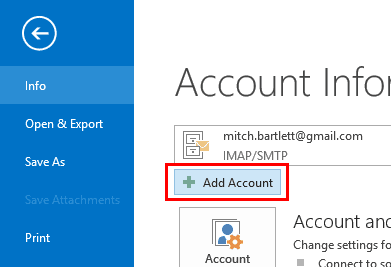



Choose File | Account Settings | Account Settings.Verify that prompt for Credentials isn’t checked in profile:.If prompted again after Cancel, move on to step 3. Be sure to use when prompted for your Outlook credentials and check the " remember credentials" box.Try logging into Outlook on the web? If you can log into Outlook on the web, then try restarting Outlook.It will run diagnostics and attempt to fix the issue. If the steps below don't work, download and install the Microsoft Support and Recovery Tool. In this case, please contact your local ITS Support Team or the ITS Help Desk. In some cases, you may need administrative rights to update these settings. In “Outgoing Server” tab, choose “My outgoing server (SMTP) requires authentication”, and choose (by default) “Use same settings as my incoming mail server”Ĩ.If you are continually being prompted for your password in Outlook try the steps below, one at a time, to resolve the issue. In step 5, right-bottom corner, choose “More Setting”ħ. Plain-text is standard (non-encrypted) connectionĦ. STARTTLS is Opportunistic TLS encrypted connection (if supported TLS encrypted connection, then use TLS.

SMTP Port: 465 (SSL), or 587 (plain-text or STARTTLS) SMTP Server : (for SSL), or (for non-SSL) POP3 Server : (for SSL), or (for non-SSL) Incoming Mail via POP3 (email contents downloaded to your desktop, suitable for fixed location users, e.g. IMAP Server : (for SSL), or (for non-SSL) Incoming Mail via IMAP (email contents stored on server, suitable for multi device users, e.g. (please refer to account information email for email server naming) Input server details, user login details. Choose “Manual setup or additional server types”ĥ. Users may use Microsoft Outlook 2013 to send/receive domain email.īelow is the guideline how to setup Outlook 2013ġ.


 0 kommentar(er)
0 kommentar(er)
